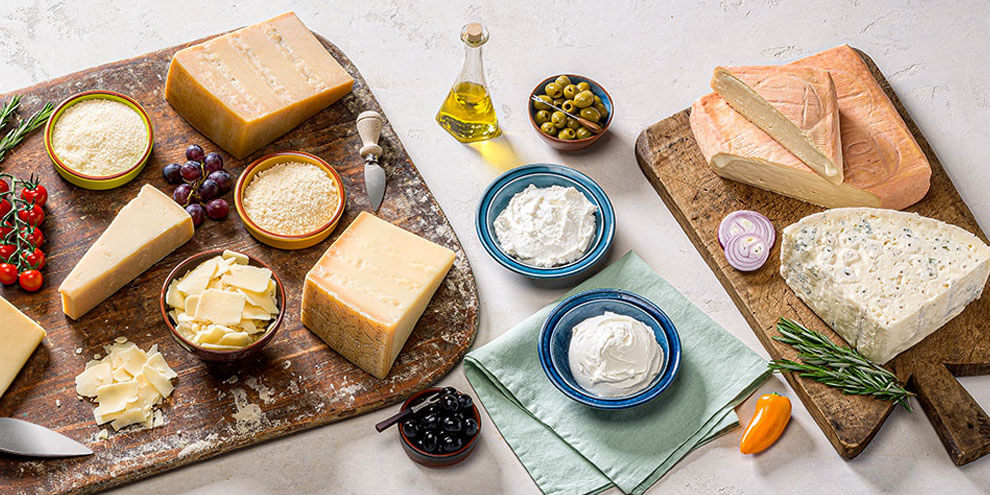
How To Taste Cheese Like An Expert
6th April 2021
Jo, our New Product Development Manager says that tasting cheese properly is an important part of Futura’s responsibilities:
“Being able to taste a good cheese from a bad cheese is very important and part of my every day role. Whether producing a new cheese at Wales, supplying a customer with the right Feta for a summer salad r or ensuring we provide the best Parmigiano Reggiano for retail shelves, we at Futura Foods have a duty to make sure we are providing the cheeses within the correct taste profile and best quality that we can. So it’s very important to make sure the cheese tastes perfect”.
Jo’s taste buds have been really put to the test over the last few weeks, with judging the entries for The Sammie’s, The Sandwich and Food to Go industry awards, 2020. The winners will be announced on Thursday 6th May and we are looking forward to the outcome.
There are 5 tastes our tongue can detect, sweet, salty, sour, bitter and unami. We are all familiar with the first 4 mentioned there, but unami is a newer taste description word meaning “delicious taste” in Japanese. It’s indicative of a savoury taste that is too complex to describe and can be found when describing protein rich foods, such as cheese!
Before tasting, the cheese needs to be brought to room temperature to avoid dismissing flavour from chilled product. Persons tasting should have a clean palate in order to concentrate on the cheese, this may be achieved with drinking water, eating apple slices or neutral tasting biscuits in between cheese bites.
Here are some steps and top tips to taste the cheese proficiently:
Step 1: The Look. Examining the cheese to detect the colour and texture is important. Does the rind look correct? Is the colour as expected? Do the flavours added look evenly distributed? All of these questions are individual to the cheese you are inspecting, but still something important to note.
Step 2: The Feel. Take a small bite of cheese and let it sit in your mouth and noticing whether it is soft or firm. Once warmed in the mouth then slowly chew and notice the overall texture, whether this is grainy, soft, crumbly or hard.
Step 3: The Smell. The aroma of a cheese and the flavour can be very different, so it’s good to inspect this part of a cheese during a tasting process. For example Tallegio has a strong smell yet a more mild taste. Leave the cheese at arm’s length and bring it closer to your nose, this can measure intensity.
Step 4: The Taste. Longer thinner pieces of cheese are easier to taste than cubes, when cut into cubes you concentrate on chewing rather than tasting, and longer pieces are easier to manipulate in the mouth. So it is good to remember that shape does affect the tasting process. The cheese must rest in your mouth for 5-10 seconds, letting the cheese warm. Then whilst chewing the cheese breathe slowly in and out through your nose, so as to register the more complex flavours noted by your nose through the tongue. Then concentrate on what you can taste, is it salty, sweet, peppery, tangy, buttery? (The list is endless). It is also good to notice an after taste and if this is pleasant and interesting.
And there you have it. If you follow these steps you will be tasting cheese just like an expert!
Get in touch
If you don’t see the product that you are looking for it is possible that we could develop or source a product specifically for you. Want to find out more about how we make it easy to find dairy solutions?
Futura Foods UK Ltd.
The Priory, Long Street, Dursley,
Gloucestershire GL11 4HR